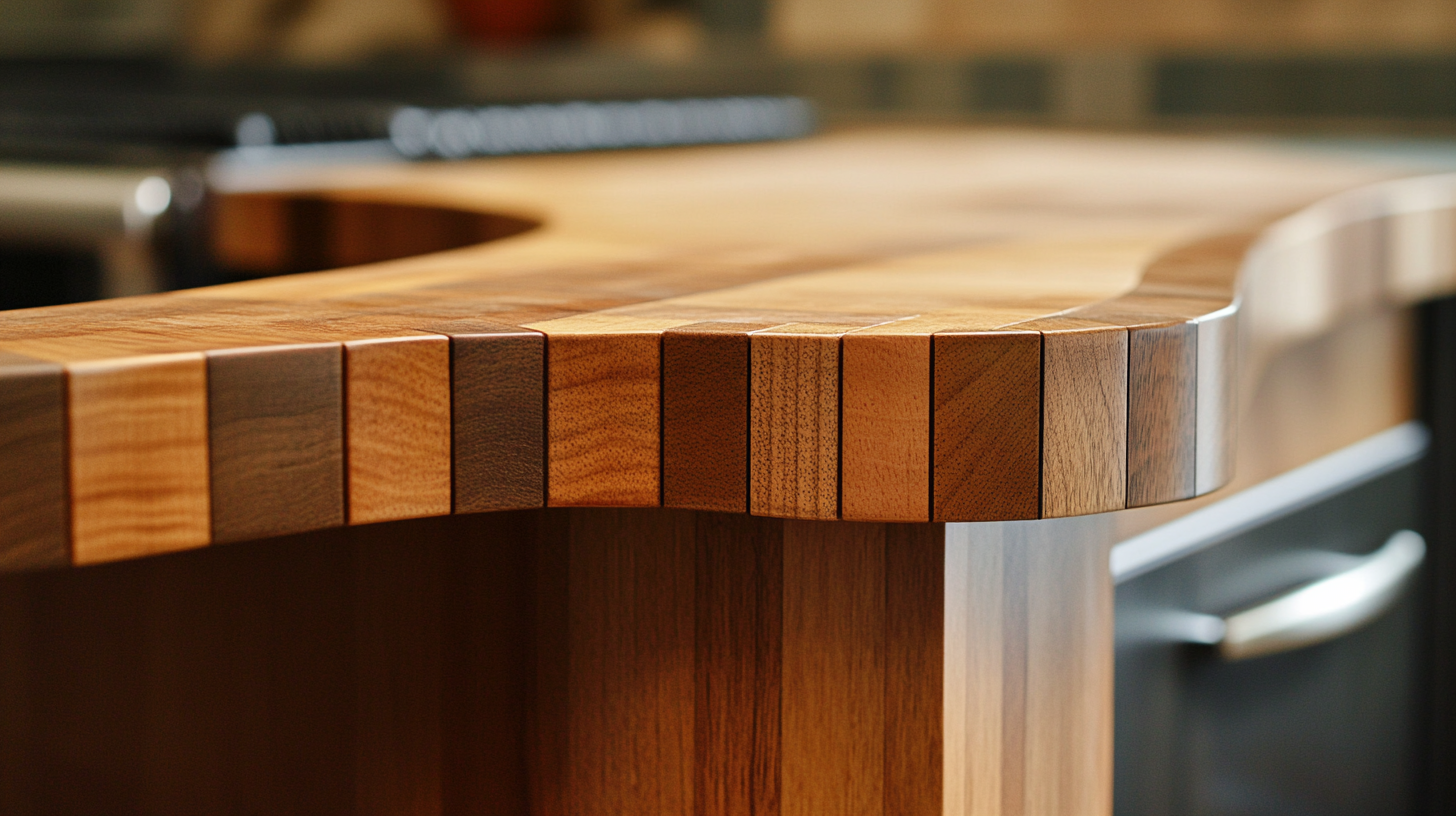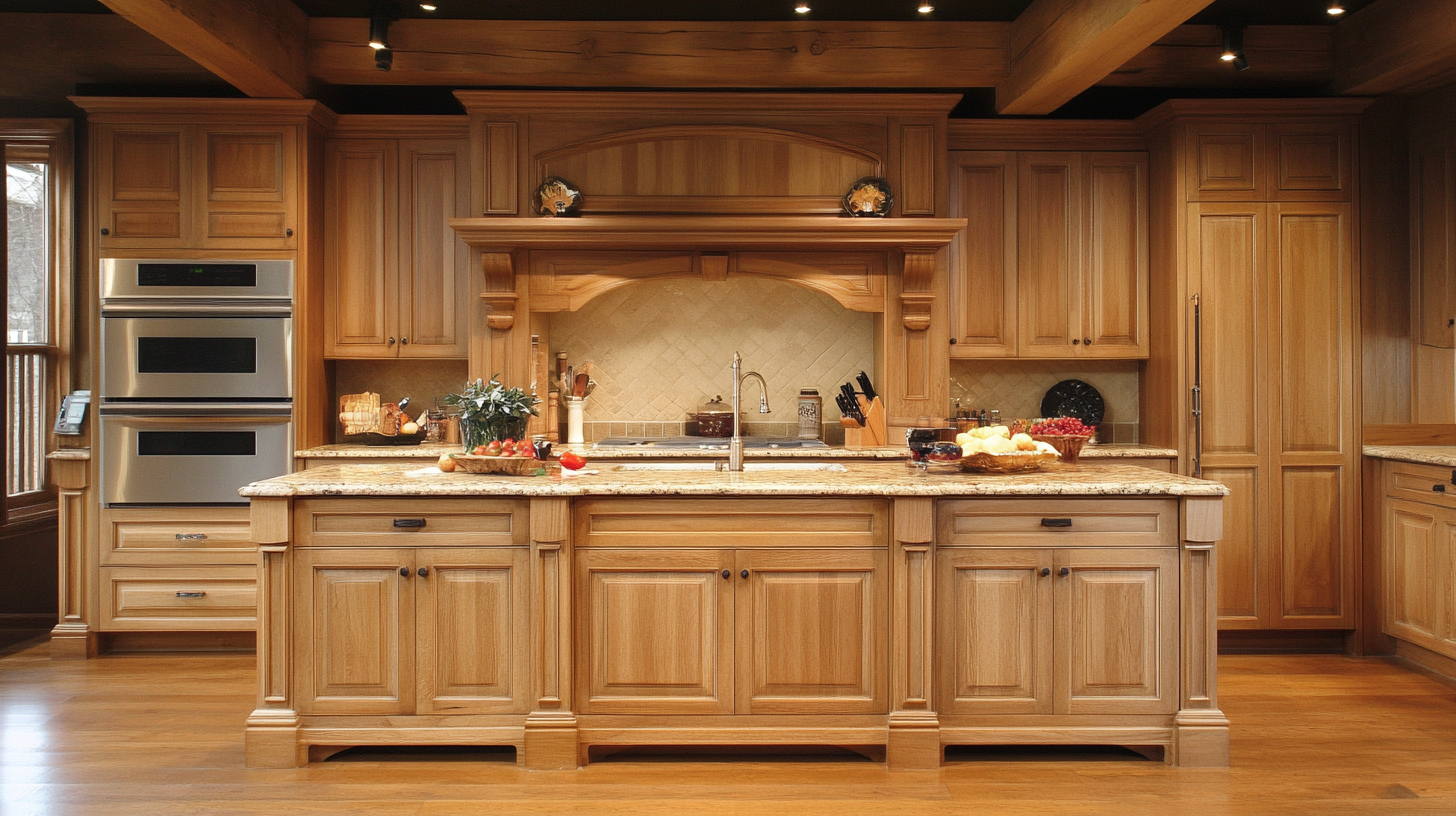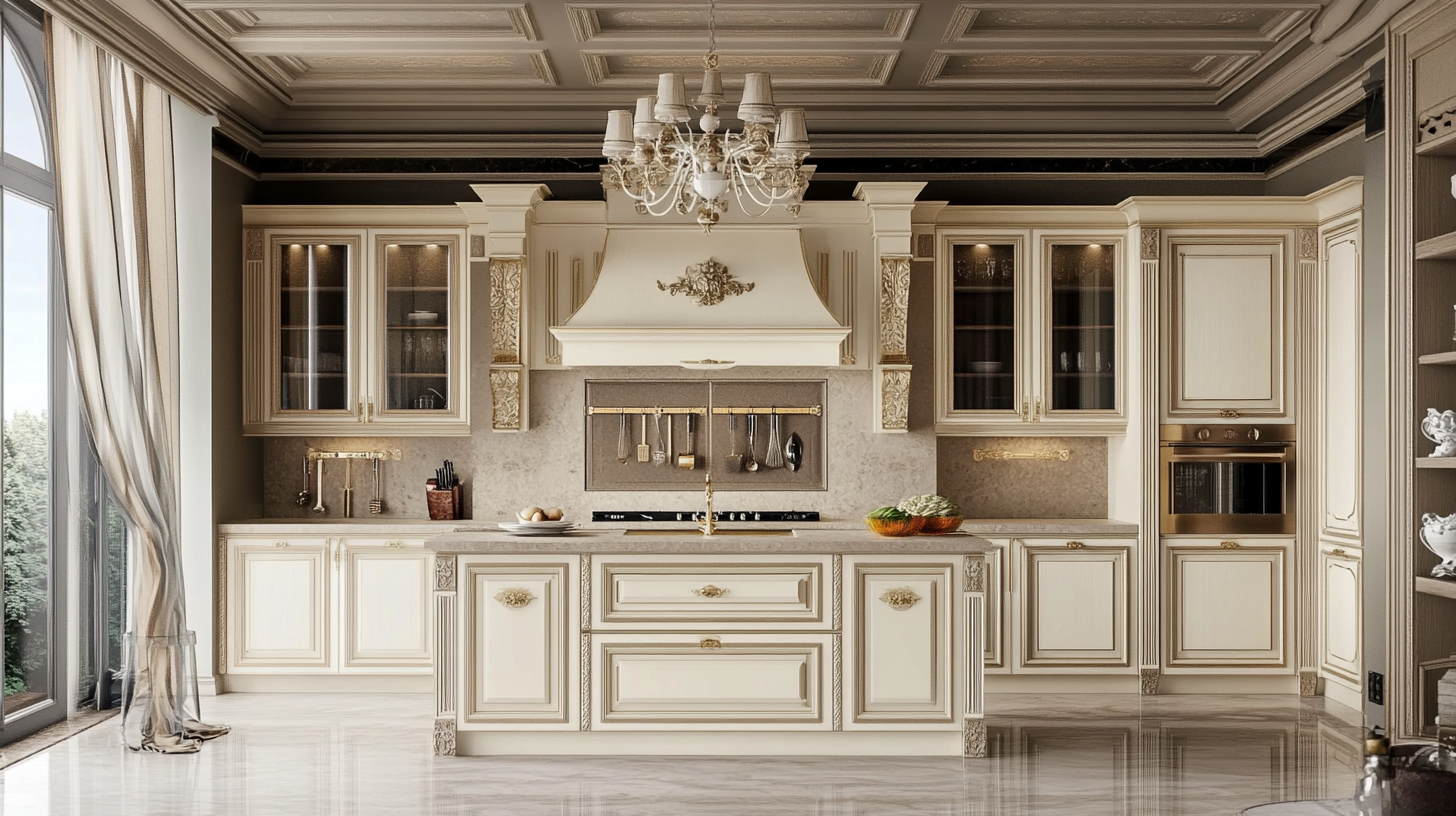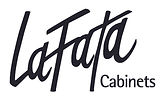Innovative Approaches for Sourcing Custom Kitchen Cabinets
In the world of home design, the demand for Custom Kitchen Cabinets has surged, as homeowners seek unique solutions that reflect their personal style and functional needs. Customization allows for an infinite array of choices in material, design, and finish, enabling a kitchen space to transform from mundane to extraordinary. As more people undertake the journey of remodeling their kitchens, the challenge becomes not only finding the right designs but also sourcing the cabinets that best suit their vision.
To navigate this complex landscape, innovative approaches are emerging that streamline the process of sourcing Custom Kitchen Cabinets. These strategies leverage technology, sustainability, and collaboration with skilled artisans to create tailored solutions. By exploring these modern methods, homeowners can unlock new possibilities, ensuring that their kitchen truly stands out while meeting the highest standards of quality and functionality. This blog will delve into these innovative approaches, guiding you through the contemporary alternatives available for sourcing the ideal cabinets for your dream kitchen.

Unique Materials: Exploring Sustainable Options for Custom Cabinets
When it comes to custom kitchen cabinets, the materials you choose can significantly impact both the aesthetic and ecological footprints of your design. In recent years, there has been a notable shift towards sustainable options, which not only enhance the visual appeal of a kitchen but also contribute to a healthier planet. Unique materials such as bamboo, reclaimed wood, and recycled composites have gained popularity among environmentally conscious homeowners and designers alike.
Bamboo, for instance, is an incredibly renewable resource due to its rapid growth rate. It is durable, lightweight, and offers a modern look that can complement various kitchen styles. Using bamboo for custom cabinets not only reduces environmental impact but also brings a touch of natural warmth into the space. On the other hand, reclaimed wood gives a rustic charm while promoting sustainability by repurposing existing materials. Each piece has its own story and character, making every cabinet unique and full of history.
Additionally, the emergence of recycled composites is transforming the landscape of kitchen cabinetry. These materials, made from post-consumer waste and other sustainable resources, offer exceptional durability and easy maintenance. They can be crafted into various styles and colors, allowing homeowners to express their individuality without compromising on environmental responsibility. Embracing these innovative materials enables a harmonious blend of creativity and sustainability, paving the way for a kitchen that is not only beautiful but also eco-friendly.
Leveraging Technology: The Role of CAD and 3D Rendering in Cabinet Design
In the world of custom kitchen cabinet design, technology has become an indispensable ally for both designers and homeowners. The integration of Computer-Aided Design (CAD) and 3D rendering tools has revolutionized the way cabinets are designed, allowing for a level of precision and customization that was once unattainable. CAD software enables designers to create detailed digital blueprints of cabinet layouts, facilitating the manipulation of dimensions, materials, and finishes with ease. This digital approach significantly reduces errors and ensures that the final product aligns perfectly with the client's vision.
Moreover, 3D rendering elevates the design process by providing clients with lifelike visualizations of their cabinets. These realistic images allow homeowners to see exactly how the cabinets will look in their space, from color schemes to texture and lighting effects. This visualization not only enhances client satisfaction but also enables proactive adjustments to the design, saving time and resources in the long run. As a result, the collaborative process between designers and clients becomes more dynamic, fostering creativity and innovative solutions that meet specific needs.
Ultimately, the fusion of CAD and 3D rendering in custom kitchen cabinet design empowers both designers and clients, transforming ideas into tangible realities. As technology continues to advance, the capabilities for customization and design refinement will only expand, setting a new standard in kitchen cabinetry that emphasizes both functionality and aesthetic appeal.
Innovative Approaches for Sourcing Custom Kitchen Cabinets - Leveraging Technology: The Role of CAD and 3D Rendering in Cabinet Design
| Approach | Technology Used | Benefits | Examples |
|---|---|---|---|
| Custom Design Software | CAD (Computer-Aided Design) | Precision designs, easy modifications | Autodesk AutoCAD, SketchUp |
| 3D Visualization | 3D Rendering Software | Realistic visualizations, better client communication | Blender, Lumion |
| Virtual Reality | VR Headsets | Immersive experiences, enhanced planning | Oculus Rift, HTC Vive |
| Online Design Tools | Web-Based Applications | Accessibility, ease of use | Cabinet Vision, IKEA Kitchen Planner |
| Collaborative Platforms | Cloud-Based Solutions | Team collaboration, streamlined feedback | Trello, Asana |
Collaborative Design: Working with Local Artisans for Personalized Solutions
Collaborative design is transforming the way we approach custom kitchen cabinets, emphasizing the importance of local artisans and the personal connections they foster with customers. By working directly with these skilled craftspeople, homeowners can not only select designs tailored to their unique taste but also understand the passion and craftsmanship that goes into each piece. As highlighted by Melbourne's boutique, Meet Other Goods and Services, the emotional story behind a product enhances its value. When clients interact with artisans, they gain insight into the love and skill involved, making their kitchen cabinets more than just functional items—they become cherished components of their home.
Incorporating sustainable design practices into this collaboration further enriches the experience. Artisans often prioritize eco-friendly materials and techniques, aligning their values with those of consumers who are increasingly concerned with sustainable living. This synergy not only satisfies customer preferences but also strengthens the connection between the artisan and the homeowner. As seen in initiatives like the Tampa Bay Lightning's Local Artist Collaboration Program, communities are beginning to recognize and celebrate the talents of local artists from diverse backgrounds, creating a tapestry of unique styles and narratives. The blend of innovative design, sustainability, and personal storytelling makes for a vibrant approach to sourcing custom kitchen cabinets that resonate with the spirit of individual homeowners.
Trends in Functionality: Innovative Features for Modern Kitchen Cabinets
Modern kitchen cabinetry is evolving, blending aesthetics with advanced functionality to meet the demands of contemporary lifestyles. Today’s homeowners seek designs that not only enhance the appearance of their kitchens but also optimize usability and convenience. One significant trend in custom kitchen cabinets is the integration of smart technology. Features such as motion-sensor lights, built-in charging stations, and even smart locks are becoming standard. These innovations make daily tasks more efficient and cater to the tech-savvy homeowner looking to enhance their cooking and entertaining experiences.
In addition to technology, modular and flexible designs are gaining traction. Designers recommend cabinets that can be easily reconfigured according to changing needs or kitchen layouts. This adaptability allows homeowners to customize their spaces without the hassle of complete renovations. Furthermore, eco-friendly materials and finishes are now more accessible and sought after. Reclaimed wood, bamboo, and sustainable composites not only add a unique touch but also promote environmental responsibility, resonating with today’s conscious consumer.
The emphasis on functionality extends to organization. Pull-out cabinets, deep drawers, and built-in dividers maximize space, ensuring that every inch is utilized effectively. This approach helps maintain an organized kitchen, which is essential in a fast-paced environment. As the heart of the household, the kitchen deserves cabinetry that is not just beautiful but also a reflection of modern living—combining form, function, and innovative features into one cohesive design.

Cost-Effective Strategies: Minimizing Expenses in Custom Cabinet Sourcing
In the pursuit of custom kitchen cabinets, cost-effective strategies are paramount for homeowners and builders alike. According to a report from the National Kitchen & Bath Association (NKBA), kitchen remodeling commonly accounts for about 20% of a home's total value, making the sourcing of custom cabinetry a crucial aspect of budget management. By focusing on innovative approaches, stakeholders can efficiently minimize expenses without compromising on quality.
One effective strategy is the utilization of local wood suppliers and manufacturers. A study by the Wood Products Manufacturers Association indicated that sourcing materials locally can reduce transportation costs by up to 30%. Additionally, local suppliers often possess greater flexibility in terms of customization, enabling buyers to request specific designs or sizes without incurring extra fees associated with overseas shipments. Furthermore, engaging in direct relationships with manufacturers allows for better negotiation on pricing and terms, which can further alleviate budgetary constraints.
Another trend gaining traction is the use of technology in the custom cabinet sourcing process. Online platforms that connect homeowners with cabinet makers can result in savings as much as 15% by cutting out intermediary costs. Moreover, virtual design tools enable homeowners to visualize their projects without the need for costly physical prototypes, streamlining the decision-making process. This tech-centric approach not only saves resources but also empowers consumers to make informed choices, ensuring their investment is wisely allocated.
Emphasizing sustainable practices can also lead to cost savings in the long run. A report by the Environmental Protection Agency highlights that sustainable materials can reduce energy costs and increase the lifespan of cabinetry. By choosing eco-friendly options, buyers not only contribute positively to the environment but may also qualify for tax credits or rebates, adding another layer of financial benefit to their sourcing strategy.



Fall into Function: How LaFata Cabinets Prepares Your Kitchen for the Cozy Season


Back-to-School Kitchen Refresh: How LaFata Cabinets Can Help You Stay Organized This Fall


